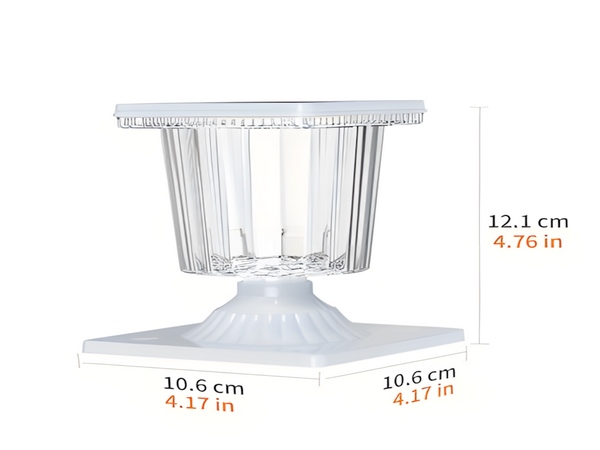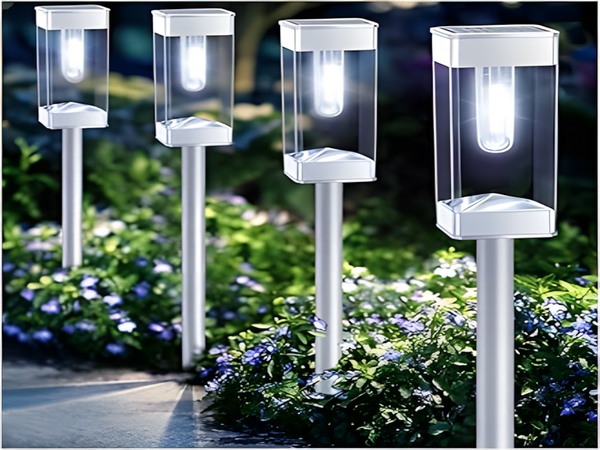

Solar street light controllers play a significant role in the entire solar street light system.
The basic protective functions of solar street light controllers include overload protection, short circuit protection, reverse discharge protection, polarity reversal protection, lightning protection, undervoltage protection, and overcharge protection.
The main function of the controller is to manage the turning on and off of solar street lights. Depending on the circuit design method, solar street light controllers can be divided into analog circuit methods and microcontroller (MCU) circuit methods.
1. Microcontroller-based solar street light controllers
Due to the complex working mechanism of solar street lights, many solar street light controllers utilize microcontroller circuits. MCU controllers use pre-programmed settings to control the on and off processes. There are two ways to preset the program: one method stores the switch-on and switch-off times for each day in the MCU’s ROM, and the MCU retrieves these times from a table. The second method uses a formula stored in the ROM, where the switch times are calculated each time using the formula.
Both methods require the setting of a clock within the MCU as a reference and adjustments based on local solar time changes. It is also possible to control the on and off switching using a photoresistor method, which includes either a photoresistor alone or a combination of light sensing and timing capabilities. However, in the analog circuit solar street light controllers, using a photoresistor or a combination of a photoresistor and timing appears to be a more reasonable and effective method.
2. Analog circuit solar street light controllers
The control of the on and off switching can be achieved using additional light sensing devices that require proper installation and circuit design. Some analog solar street light controllers utilize this method, but it is not necessarily practical as the open-circuit voltage of solar panels is quite sensitive to variations in low light conditions.
Compared with microcontroller circuit solar street light controllers, the circuit structure of analog circuit solar street light controllers is simpler and more reliable. The method of using solar panels as photo-signal sources in parallel controllers is shown in the diagram. When the voltage at point A drops to a predetermined level, it causes the voltage at point B to be less than the voltage at point C, prompting the amplifier A to flip and produce the on signal. In parallel controllers, measures should be taken to prevent overcharge control from affecting the switch control. In series controllers, the method of using solar panels as photo-signal sources is a more effective and straightforward way to control switching.
Photo-sensing control is subject to interference from stray light, such as car headlights or lightning; thus, adding a delay buffer circuit to the photo-sensitive control circuit is necessary. Timed turn-off controllers also include a timing circuit that can help resist stray light interference.

To learn more about solar street light prices, please consult us.
Bitpott solar street light manufacturers specialize in research, development, production, and sales of solar and LED outdoor lighting products. With years of production experience and advanced manufacturing equipment, they guarantee quality and provide reasonable prices and configurations for purchasing LED solar street lights.
For LED solar street light pricing, please feel free to contact our customer service for inquiries.



